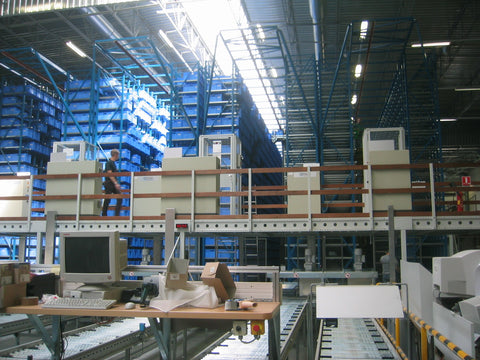Neverlost99
Member
Luna Eclipse with a 874 whr battery that is in the frame
Battery will be left at 40-50%
House AC at 78 degrees and humidity control
We will be gone for 5 months
Is there anything to worry about?
Should I put a Bluetooth smoke detector or security camera on the bike?
Should I just take the battery with me to North Carolina and leave it inside instead?
I can’t take the bike ( small car) just the battery.
The cells are LG and supposed to be high quality but since I am a newbie and don’t want to be responsible for leaving a battery unattended in a wood frame building if it’s dangerous.
Battery will be left at 40-50%
House AC at 78 degrees and humidity control
We will be gone for 5 months
Is there anything to worry about?
Should I put a Bluetooth smoke detector or security camera on the bike?
Should I just take the battery with me to North Carolina and leave it inside instead?
I can’t take the bike ( small car) just the battery.
The cells are LG and supposed to be high quality but since I am a newbie and don’t want to be responsible for leaving a battery unattended in a wood frame building if it’s dangerous.
